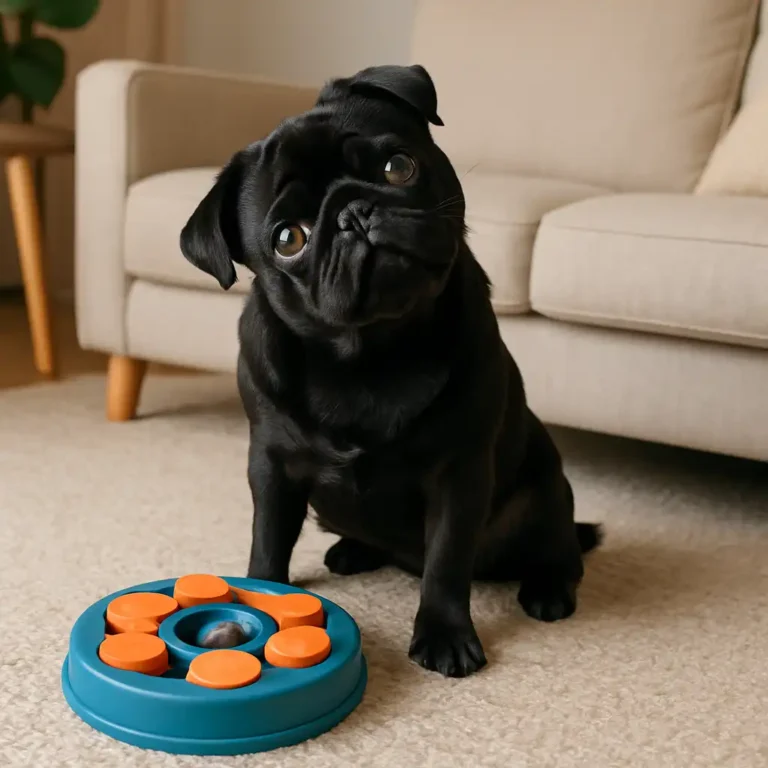Pros and Cons of Owning a Pug: What Every Dog Lover Should Know

Disclosure: This post contains affiliate links. As an Amazon Associate, I earn from qualifying purchases—at no extra cost to you.
Pugs are packed with personality in a compact, wrinkly body. They’re loyal, funny, and full of charm. But they also come with a few quirks and care needs that potential owners should know before bringing one home.
Let’s take a real look at what it’s like to live with this lovable breed—both the good and the not-so-easy parts.
Why People Fall in Love with Pugs
Pugs are total companions. They want to be part of everything you’re doing—whether it’s cooking, watching TV, or folding laundry. They’re happiest when they’re right next to you.
They also don’t need much exercise. A couple of short walks and some indoor play usually keep them content. That makes them great for apartment life or less active households.
Most pugs are gentle with kids, welcoming with visitors, and friendly with other pets. They adapt easily to routines and aren’t known for barking a lot. Many owners describe them as “little shadows” who bring comfort and comedy to daily life.
What to Watch Out For
Despite their charm, pugs aren’t low-maintenance. One of the biggest challenges is their sensitivity to heat. Because of their flat faces, they overheat quickly and struggle to breathe in hot weather. Even a short walk in the sun can be too much for them.
They also shed—a lot. Even though their fur is short, it ends up everywhere. Daily brushing helps, but you’ll still want a good vacuum and plenty of lint rollers.
Another issue? Weight gain. Pugs are always ready to eat and will beg like it’s an Olympic sport. Without portion control and the right diet, they can gain weight fast. And extra weight puts stress on their joints and makes breathing harder.
Ongoing Health Needs
Pugs need a little extra care in a few key areas. Their facial wrinkles can trap dirt and moisture, so it’s important to clean them regularly to avoid infections. Their big, round eyes are prone to scratches and injuries—just from everyday activities.
Ear infections and skin allergies are fairly common, too. Based on vet advice and feedback from pug owners, keeping up with regular grooming and quick health checks at home can prevent a lot of problems before they start.
Most owners get into a routine of wiping their pug’s folds, checking their ears, and making sure they’re not overheating—especially during warmer months.
That Classic Pug Personality
Pugs are affectionate, hilarious, and very attached to their people. They don’t like being alone for long stretches. If you work from home or have a flexible schedule, they’ll thrive. But if they’re left alone too much, they can get anxious or destructive.
They’re also a little stubborn. Training takes patience (and lots of treats). Potty training, in particular, can be a longer process with this breed. Many pug owners say it’s worth it—just be ready to repeat yourself often and keep the mood light.
Still, their devotion is unmatched. Whether they’re napping on your feet or snorting along beside you, pugs bring warmth and humor into everyday life.
Conclusion
Owning a pug means embracing their quirks, staying on top of their care, and being okay with a bit of snoring and shedding. They aren’t the right fit for every household—but for those who get them, they’re incredibly rewarding companions.
If you’re looking for a dog that sticks close, makes you laugh, and loves unconditionally, a pug might be exactly what you need.






